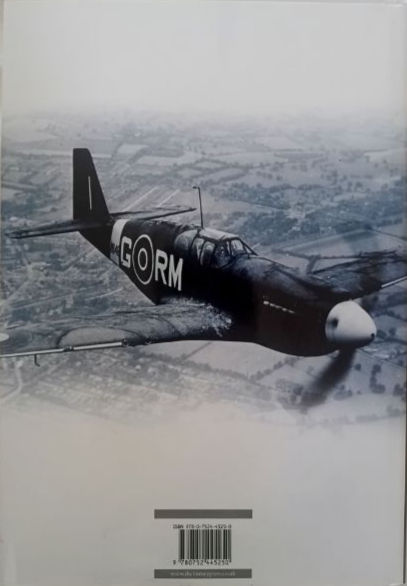Warfighting and Logistic Support of Joint Forces from the Joint Sea Base (2007) By Robert W. Button, John Gordon IV, Jessie Riposo, Irv Blickstein, Peter A. Wilson
Sea Basing is a concept fundamental to the U.S. Navy’s operational vision for the 21st century. The overall intent of Sea Basing is to use the flexibility and protection provided by the sea base while minimizing the presence of forces ashore. The Assessment Division of the Office of the Chief of Naval Operations (OPNAV N-81) asked RAND to develop insights on how Sea Basing could also enable Army operations while supporting a Marine Expeditionary Brigade (MEB). This monograph presents research performed by the RAND National Defense Research Institute, Acquisition and Technology Center, to that end.
The RAND team held discussions with and obtained data from personnel from Headquarters, U.S. Army Training and Doctrine Command; the Marine Corps Combat Development Command; the U.S. Army Transportation School; OPNAV N-42 and N-85; and the Center for Naval Analyses. Operational scenarios, intended to represent most likely cases for Army (airborne, Stryker, and heavy) brigade interactions with a sea base, were formulated. A computer simulation to represent these scenarios was then developed. That simulation and data collected for this study were used to ascertain the feasibility of sustaining a Marine Corps ground element ashore and simultaneously sustaining Army elements ashore from a sea base or moving Army elements ashore from the sea base in a reasonable period. Although Navy–Marine Corps Sea Basing concepts feature Carrier and Expeditionary Strike Groups, this research focused on the new Maritime Prepositioning Force – Future (MPF(F)) concept: a squadron of 14 logistics ships.
The initial finding of this study was that, under the conditions used for the MPF(F) Analysis of Alternatives, the sea base has little sustainment capability beyond that needed for the portion of a MEB that is projected ashore for operations. We then identified options (such as reducing the standoff distance from the coast or changing the mix of logistics aircraft embarked on the sea base) that would enable MPF(F) assets to sustain a MEB ashore while sustaining an airborne brigade or a heavy brigade. Under similar conditions, MPF(F) assets could sustain a MEB ashore while moving a Stryker brigade or a heavy brigade ashore in several days. The Joint High-Speed Vessel was found particularly useful in the latter task — reducing Army brigade movement time about 50 percent.
Navy–Marine Corps Sea Basing concepts were found not completely consistent with the Army’s desire to deploy directly to a port via high-speed ships. For the Army to benefit from the MPF(F)’s potential, certain modifications, such as changing the way Army transport ships are loaded, would be required. Although certain doctrinal and operational issues would have to be resolved between the Army and the Navy/Marine Corps, the analysis showed that MPF(F)-centered Sea Basing concepts offer considerable benefit to the Army. This monograph should be of interest to the Department of the Navy, the Department of the Army, the Office of the Secretary of Defense, and Congress.
- Soft Cover
- 107 pages
- In Good Condition
































